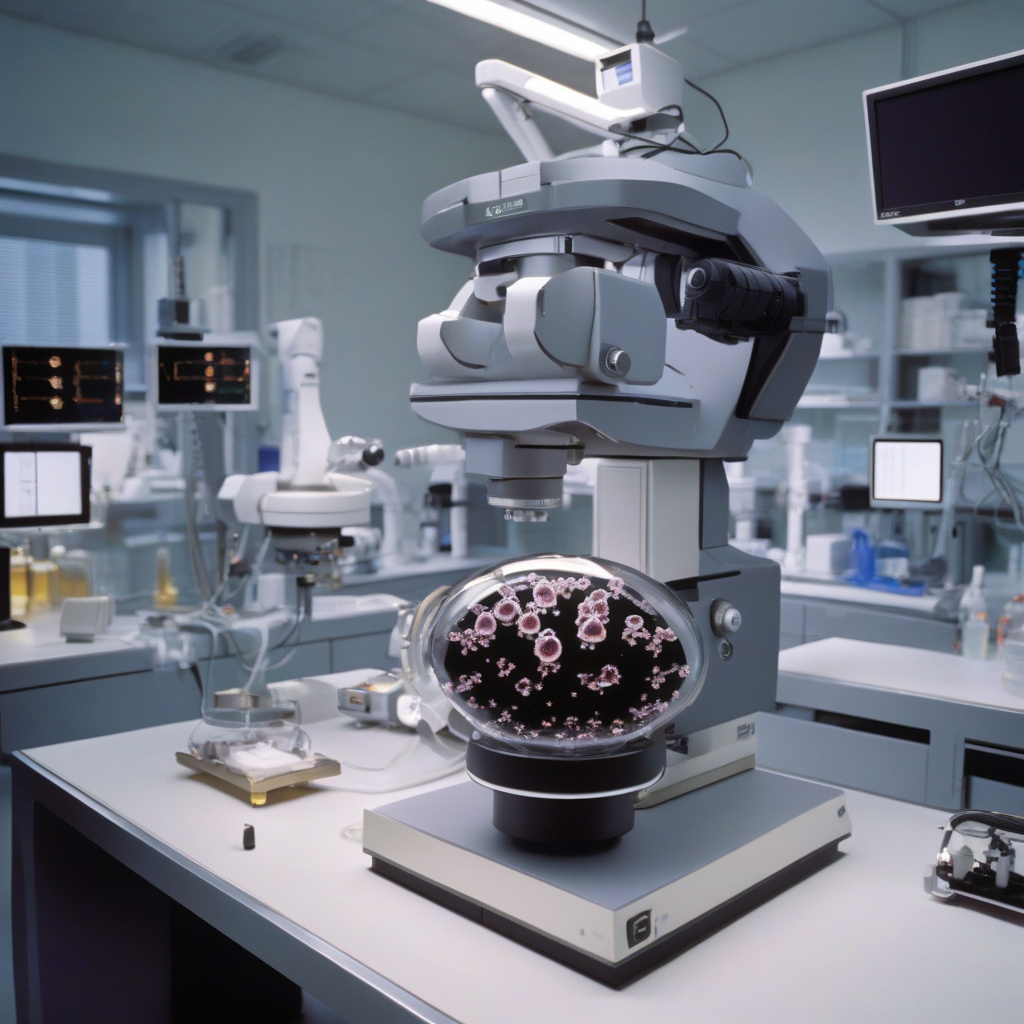Quantum Camera Safely Captures First Image of Mammal Embryo; A Potential Game-Changer in IVF
Scientists from the University of Adelaide have used some of the most sophisticated quantum cameras to achieve a groundbreaking feat – capturing the first image of a mammal embryo without causing any harm. This remarkable development holds immense promise for the field of in vitro fertilization (IVF) and could revolutionize the way we understand and monitor embryonic development.
The quantum camera technology utilized by the researchers is based on harnessing the principles of quantum mechanics to capture images with unprecedented clarity and precision. Unlike traditional cameras that rely on photons, quantum cameras use entangled photons, allowing them to capture images with a higher level of detail while minimizing the risk of damage to delicate biological samples.
One of the key challenges in studying mammal embryos has been the potential harm caused by the imaging process itself. The use of conventional imaging techniques can expose the embryos to harmful levels of light and heat, leading to damage or even death. By using a quantum camera, the researchers were able to overcome this limitation and capture detailed images of the embryo without any adverse effects.
The ability to safely image mammal embryos is a significant milestone in the field of reproductive biology and IVF. It opens up new possibilities for studying embryonic development in real-time, providing researchers with valuable insights into the early stages of life. This could have far-reaching implications for improving the success rates of IVF procedures and ultimately helping more couples fulfill their dream of starting a family.
In addition to its applications in IVF, the quantum camera technology could also find uses in other areas of biological research. By enabling non-invasive and high-resolution imaging of delicate biological samples, this technology has the potential to advance our understanding of various biological processes and diseases.
The successful imaging of a mammal embryo represents a triumph of interdisciplinary collaboration between physicists, biologists, and reproductive specialists. It highlights the power of leveraging cutting-edge technology to overcome long-standing challenges in science and medicine. As we continue to push the boundaries of what is possible, the marriage of quantum mechanics and biology could pave the way for even more groundbreaking discoveries in the future.
In conclusion, the safe capture of the first image of a mammal embryo using a quantum camera marks a significant advancement in the field of reproductive biology. With its potential to aid in IVF procedures and revolutionize our understanding of embryonic development, this technology holds immense promise for the future of fertility treatments. By combining the principles of quantum mechanics with biological research, we are opening up new frontiers in science that have the potential to transform lives.
#QuantumCamera, #MammalEmbryo, #IVF, #ReproductiveBiology, #BiologicalResearch












